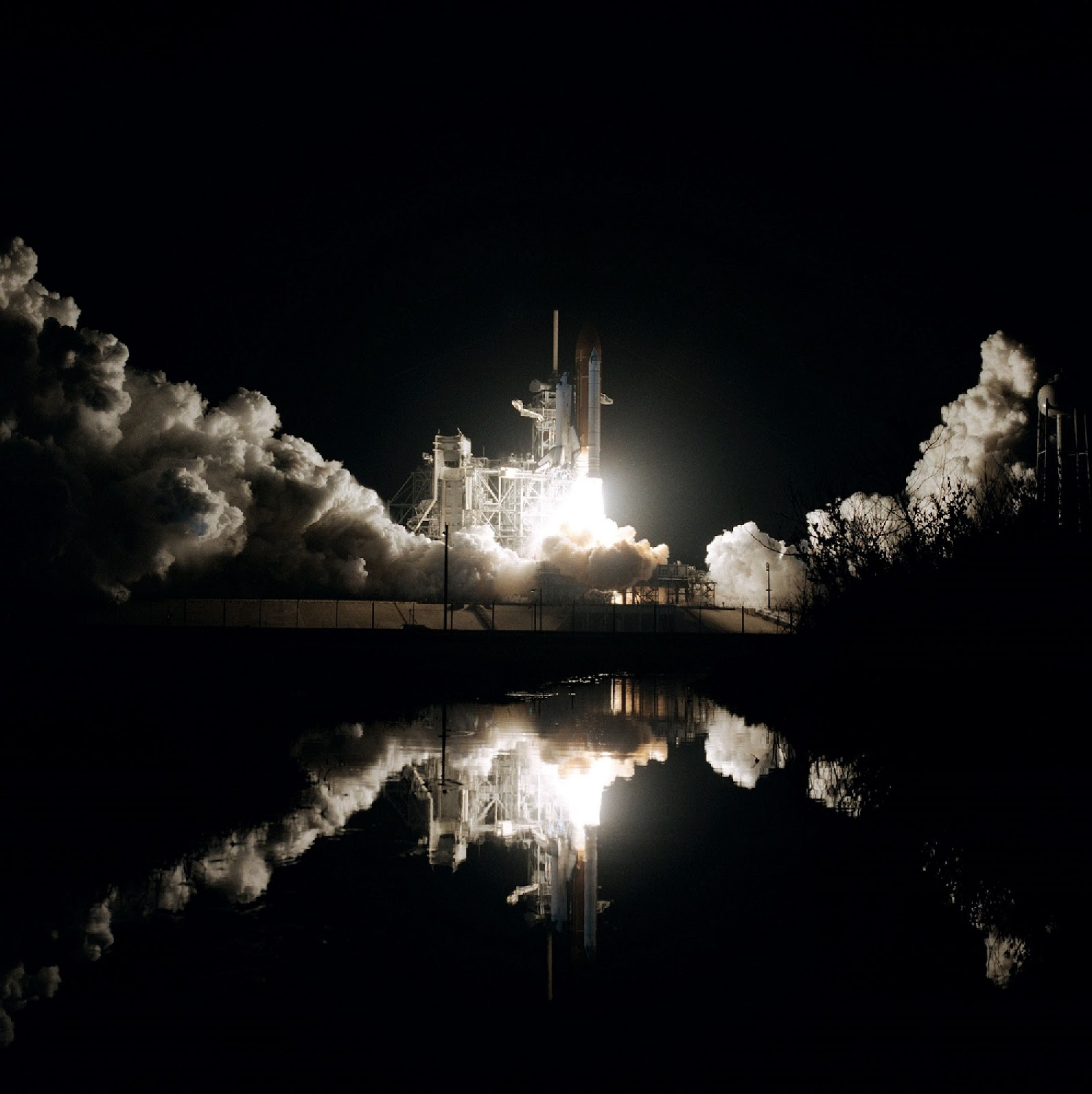This project develops machine learning models to evaluate and predict material performance for space applications using NASA's outgassing materials database. The analysis focuses on critical material quality metrics that determine suitability for high-vacuum space environments.
The project encompasses comprehensive data processing, exploratory data analysis, feature engineering, and implementation of both regression and classification models to support material selection and quality control decisions for space missions.
Key Objectives
- Performance Prediction – Develop linear regression models to evaluate material performance scores
- Quality Classification – Implement classification models to assess material reliability categories
- Material Optimization – Enable data-driven material selection for specific space applications
- Quality Control – Support proactive quality assessment to prevent mission failures
